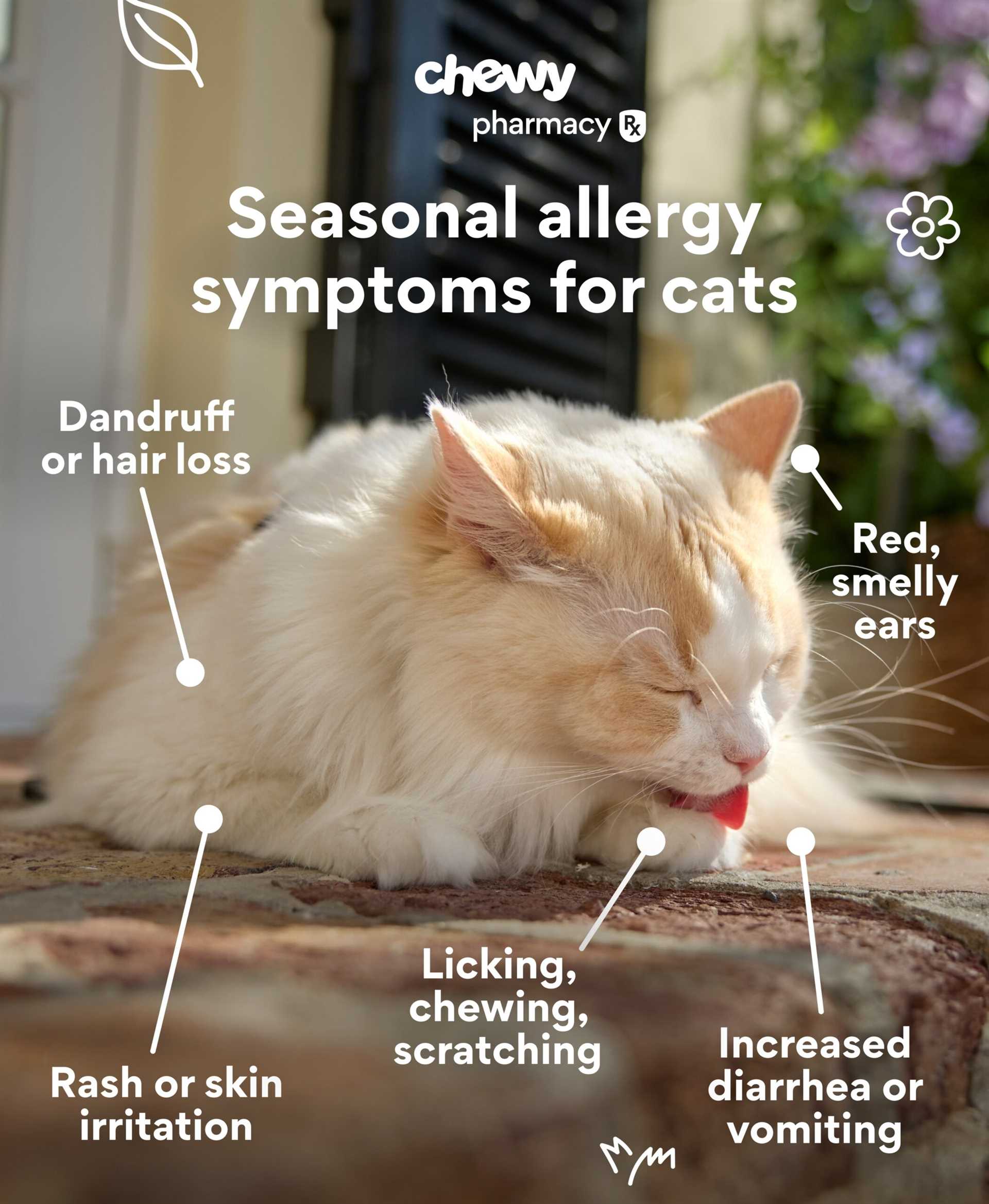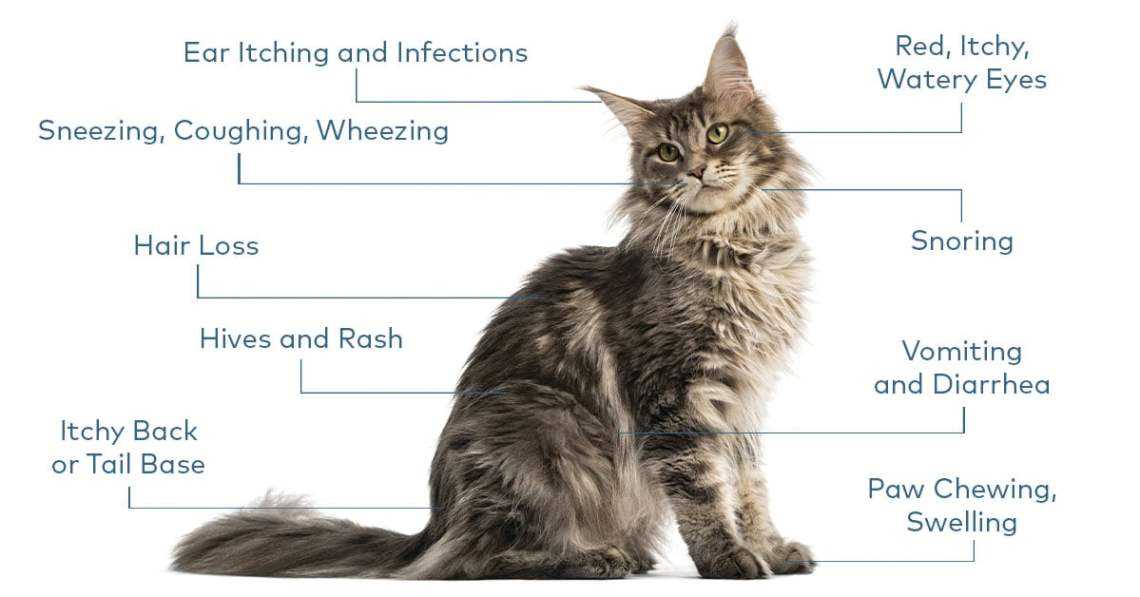



First off, try investing in high-efficiency air purifiers. They can significantly reduce airborne particles that aggravate sensitivities. Place them in common areas where you spend the most time. This simple step can create a more comfortable environment.
Regular grooming of your fluffy companions is another key tactic. Have a friend or family member assist with brushing sessions at least once a week to minimize loose fur and dander. This not only helps keep your space cleaner but also strengthens the bond between you and your furry friend.
Opt for frequent cleaning routines. Vacuum with a model equipped with HEPA filters and wash bedding, curtains, and any fabric that may trap allergens. Establish a cleaning schedule to ensure your surroundings stay as allergen-free as possible.
Consider using specialized pet wipes to clean your feline’s coat. These wipes can help remove excess allergens before they spread around your space. Incorporating this into your daily routine can make a noticeable difference.
Lastly, limit access to certain areas of your home, such as your bedroom. Creating a no-pet zone can provide a safe retreat where you can relax without worrying about unexpected reactions.
Tips for Managing Sensitivities to Fluffy Felines
Consider using a deshedding shampoo for cats to reduce loose fur around your home. Regular grooming is key; it not only helps manage fur but also strengthens the bond between you and your furry friend.
Air purifiers can significantly improve indoor air quality by trapping allergens, making your space more comfortable. Be sure to choose one with a HEPA filter for maximum effectiveness.
Establish pet-free zones in your home, particularly in bedrooms, to create safe havens where you can rest without exposure. Consistent cleaning routines will also help minimize allergen accumulation.
Consulting with a veterinarian about hypoallergenic breeds can provide options if living with a fluffy companion is a must. Additionally, explore allergy medications or treatments that may ease symptoms.
Finally, keep your environment well-ventilated. Open windows and use fans to circulate air, ensuring that any allergens do not linger. This proactive approach can make a significant difference in daily comfort.
Understanding Cat Allergies and Their Symptoms
Recognizing the signs of a sensitivity to feline companions is essential. Common reactions include sneezing, itchy eyes, nasal congestion, and skin irritations. Symptoms can manifest within minutes or hours after exposure to dander or saliva. It’s crucial to pay attention to these indicators for effective management.
Types of Reactions

Respiratory issues often arise first. Coughing and wheezing can occur, especially in individuals with a history of asthma. Skin responses, such as rashes or hives, may appear after direct contact. Some may also experience fatigue or headaches, which can be misattributed to other causes.
Long-Term Effects

Chronic exposure without proper precautions can lead to persistent discomfort and exacerbate other health conditions. Keeping a journal of symptoms can help pinpoint triggers and patterns. Consulting healthcare professionals for allergy testing can provide clarity and guide future interactions with pets.
Choosing Hypoallergenic Cat Breeds
Opt for breeds like the Siberian, Balinese, or Bengal. These felines produce lower amounts of Fel d 1 protein, the main allergen. For instance, the Balinese is often referred to as the “long-haired Siamese” and is known for its lower allergenic potential.
Consider the Russian Blue as well; this breed not only offers a stunning coat but also produces less of the allergen. The Devon Rex and Cornish Rex are excellent choices too, thanks to their short hair and reduced shedding.
Before making a decision, spend time with the breeds to see how you react. It’s crucial to ensure compatibility. Also, invest in a best camera for digitizing documents to capture all those adorable moments with your new friend!
Implementing Allergen Reduction Strategies at Home
Regular cleaning is non-negotiable. Vacuum carpets and upholstery with a HEPA filter vacuum weekly. Dust surfaces using damp cloths to trap allergens instead of scattering them. Consider using an air purifier with a HEPA filter in frequently used rooms.
Grooming and Care
Establish a grooming routine for your furry companion. Brush their coat daily to minimize loose fur and dander in the environment. Frequent baths, using a pet-friendly shampoo, can further reduce allergen levels. Ensure your human friends wash their hands after interacting with me.
Designated Spaces
Limit access to certain areas in your home. Create pet-free zones, especially in bedrooms, to ensure a safe retreat for those sensitive to allergens. Use barriers or gates to keep me in common areas while preventing access to personal spaces.
Utilizing Air Purifiers and Cleaning Techniques
I recommend investing in a high-quality air purifier equipped with a HEPA filter. These devices capture airborne particles, including dander and dust, significantly improving air quality. Place the purifier in areas where I spend the most time, such as the living room or bedroom.
Cleaning Routine
Establishing a regular cleaning regimen is crucial:
- Vacuum carpets and upholstery with a vacuum that has a HEPA filter at least twice a week.
- Wash my bedding and any fabric items I frequently use weekly in hot water.
- Dust surfaces using a damp cloth to avoid stirring up allergens.
Additional Tips

To further minimize irritants:
- Use hardwood or tile flooring instead of carpets.
- Keep windows closed during high pollen seasons and use air conditioning.
- Implement a no-shoes policy indoors to limit outside allergens.
By following these strategies, I can enjoy my home while reducing discomfort effectively.
Managing Allergy Symptoms with Medication
Antihistamines are a primary option for alleviating discomfort. Common brands include loratadine and cetirizine. These can significantly reduce sneezing and itching.
Decongestants like pseudoephedrine help relieve nasal congestion. They work by narrowing blood vessels in the nasal passages, reducing swelling and congestion.
In some cases, nasal corticosteroids such as fluticasone can be beneficial. They minimize inflammation in the nasal passages, resulting in easier breathing and less irritation.
Immunotherapy is another route worth considering. This approach involves gradually exposing the immune system to allergens, helping to build tolerance over time.
Always consult with a healthcare provider before starting any medication. Proper dosage and recommendations are crucial for safety and effectiveness.
Consider keeping a symptom diary. Tracking responses to different medications can help identify what works best for you.
Review potential side effects. Some medications may cause drowsiness or dry mouth, impacting daily activities.
- Antihistamines: loratadine, cetirizine
- Decongestants: pseudoephedrine
- Nasal corticosteroids: fluticasone
- Immunotherapy: consult a specialist
Staying informed about medication options can empower you to manage symptoms effectively and enjoy the company of feline friends.
Building a Safe and Comfortable Space for Interaction
Creating a designated area for visitors can significantly enhance their experience with me. This space should be free from common irritants and allow for enjoyable interactions. Consider using hardwood or tile flooring, as these surfaces are easier to clean and reduce allergen accumulation.
Furniture and Textiles
Opt for furniture made from leather or synthetic materials instead of fabric, as these do not trap dander and hair. If soft furnishings are necessary, select items that are machine washable. Regular laundering of any textiles, including curtains and blankets, helps keep the environment allergen-free.
Designated Play Area

Creating a specific zone for playtime is beneficial. Use toys that can be easily cleaned, such as rubber or plastic, and avoid fabric toys that can harbor allergens. Establishing a play mat that can be washed frequently will also help maintain cleanliness. Encourage my visitors to wash their hands before and after interacting with me to minimize allergen transfer.
| Tip | Description |
|---|---|
| Hard Floors | Use hardwood or tile for easy cleaning and minimal allergen retention. |
| Choose Leather | Leather or synthetic furniture avoids trapping dander and hair. |
| Washable Textiles | Select machine-washable items to reduce allergens. |
| Clean Toys | Use easily cleanable toys to prevent allergen buildup. |
| Hand Hygiene | Encourage regular hand washing before and after playtime. |
These adjustments not only create a welcoming environment but also promote a healthier interaction for everyone involved. Prioritizing cleanliness and comfort makes our time together enjoyable and reduces the risk of discomfort.








